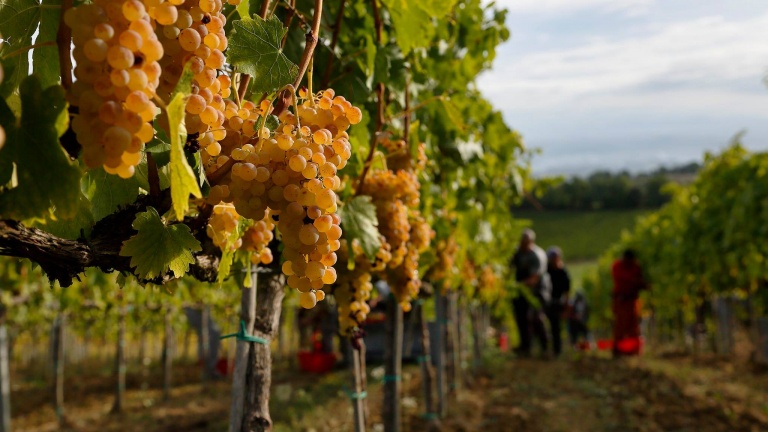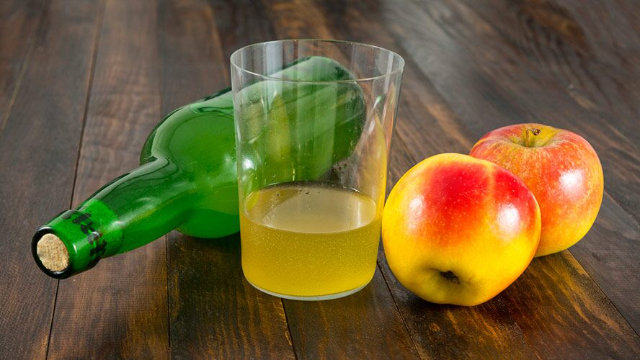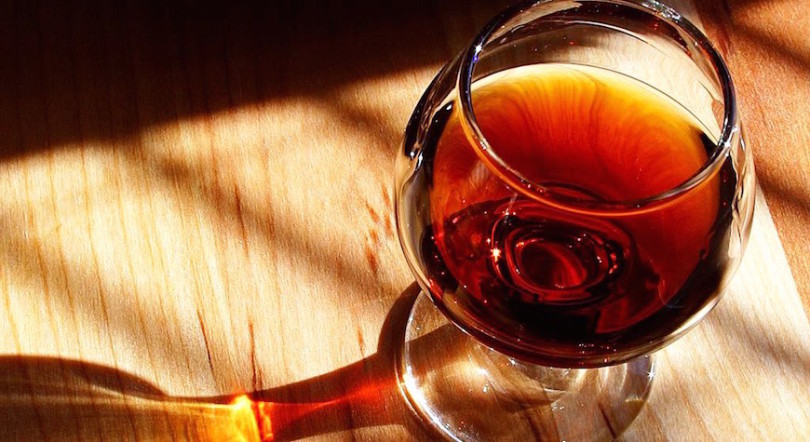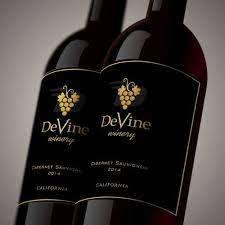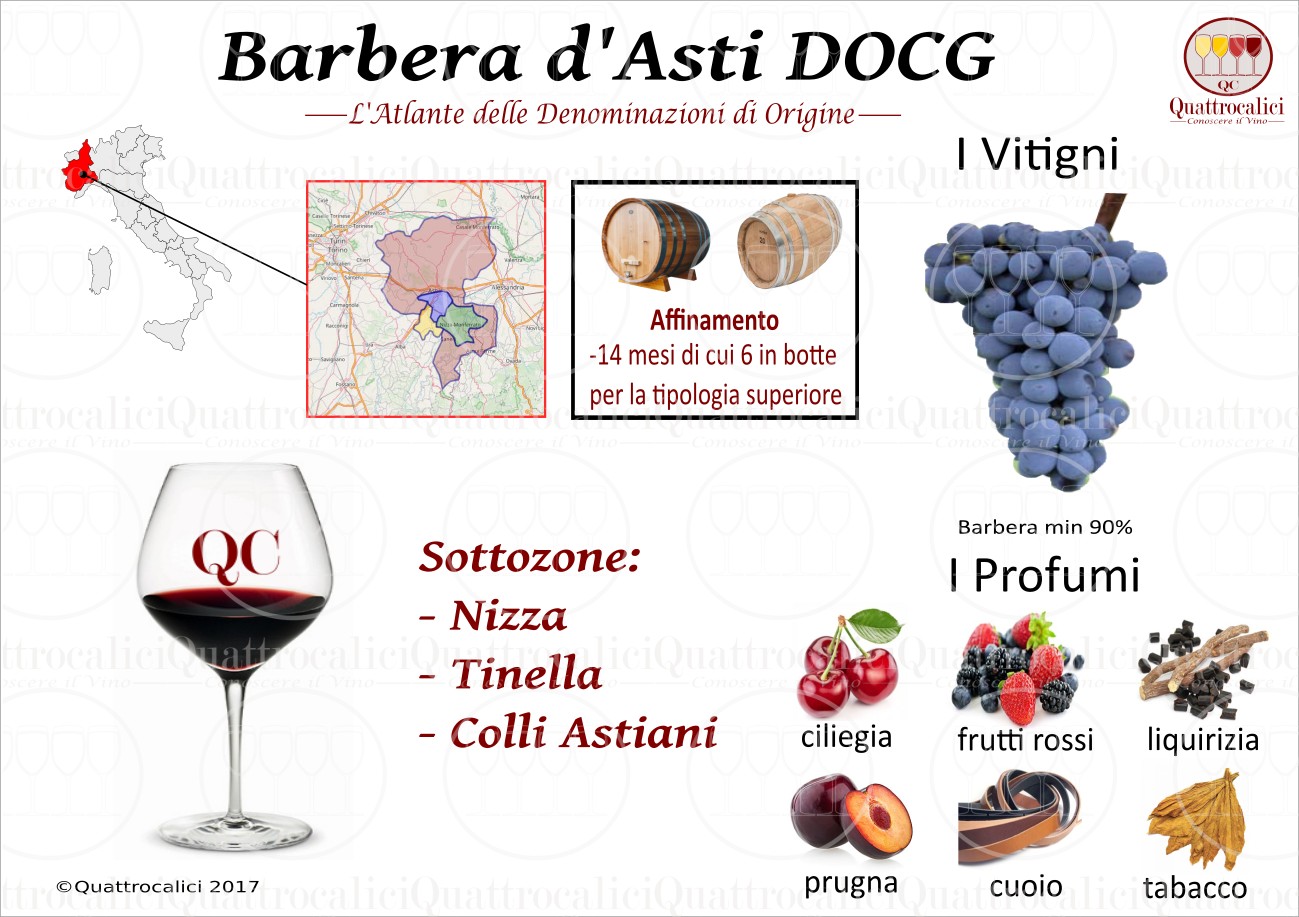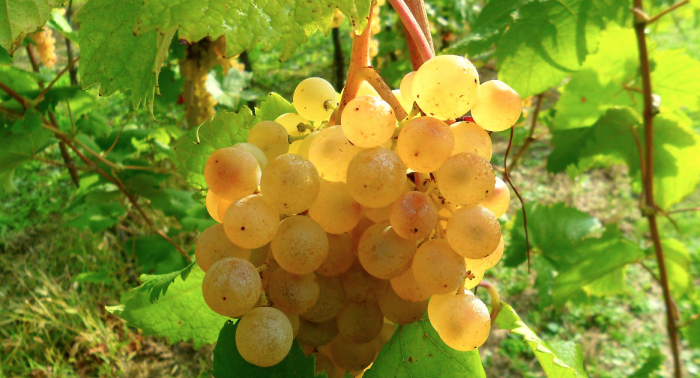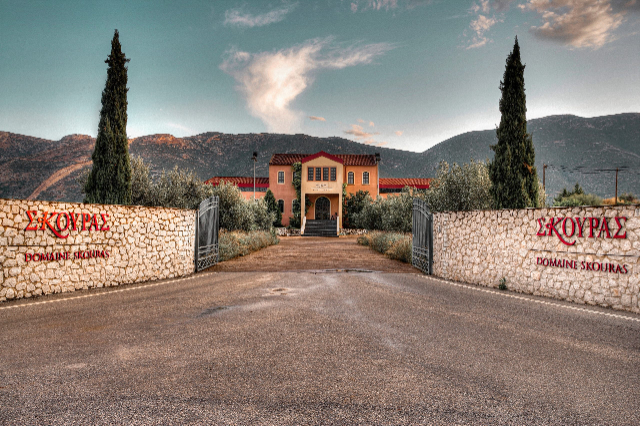Vernaccia di San Gimignano is considered one of the oldest wines in all of Italy. It is produced from the grapes of the native vine of the same name, typical of this area located in the Sienese hills. The history of this white wine is closely linked to the origins of the town of San Gimignano, a village that saw its heyday in medieval times.
Historians believe that the Vernaccia grape variety was brought to Tuscan soil from Liguria around the 13th century; however, the origins are obscure and will probably always remain shrouded in mystery. From an etymological point of view, the name of the vine most likely derives from the Latin word vernaculum, meaning "local."
The very first written references to Vernaccia date from around 1200; in particular, a document dated 1276 contains a description of a tax of "three soldi" levied on wine sold outside the territory of San Gimignano.
The wine’s fame had evidently crossed the borders of the municipality, and written mentions multiply in the documents of the following centuries, from 1300 to 1600. As evidence of the wide appreciation for this wine, suffice it to say that even Dante Alighieri mentions it in his Divine Comedy:
"These," and he showed with his finger, "is Bonagiunta,
Bonagiunta da Lucca; and that face
Beyond him more than the others quilted
Had the Holy Church in his arms:
From the Torso was, and purges by fasting
The eels of Bolsena and the Vernaccia."
(Divine Comedy, Purgatory, Canto XXIV)
Vernaccia di San Gimignano holds a small but significant record, having been the first Italian wine to receive DOC status. The crowning achievement was finally followed, in 1993, by the recognition of the prestigious DOCG (Denominazione di Origine Controllata e Garantita).
According to data for 2009, Vernaccia di San Gimignano is produced on an area of nearly 770 hectares located at altitudes between 250 and 400 meters above sea level; there are as many as 177 Vernaccia producers, who in 2009 harvested 5,500 tons of grapes for a total of 3.8 million liters of wine. A total of more than 5 million bottles were produced.
About 60 percent of the wine produced is destined for Italian consumption, although a good portion (about 20 percent of the total) remains in the San Gimignano area. The remaining 40% of production is sold on foreign markets, and the two main buyers are Germany and the United States (40% and 35% of exports, respectively); followed by Japan, Great Britain
